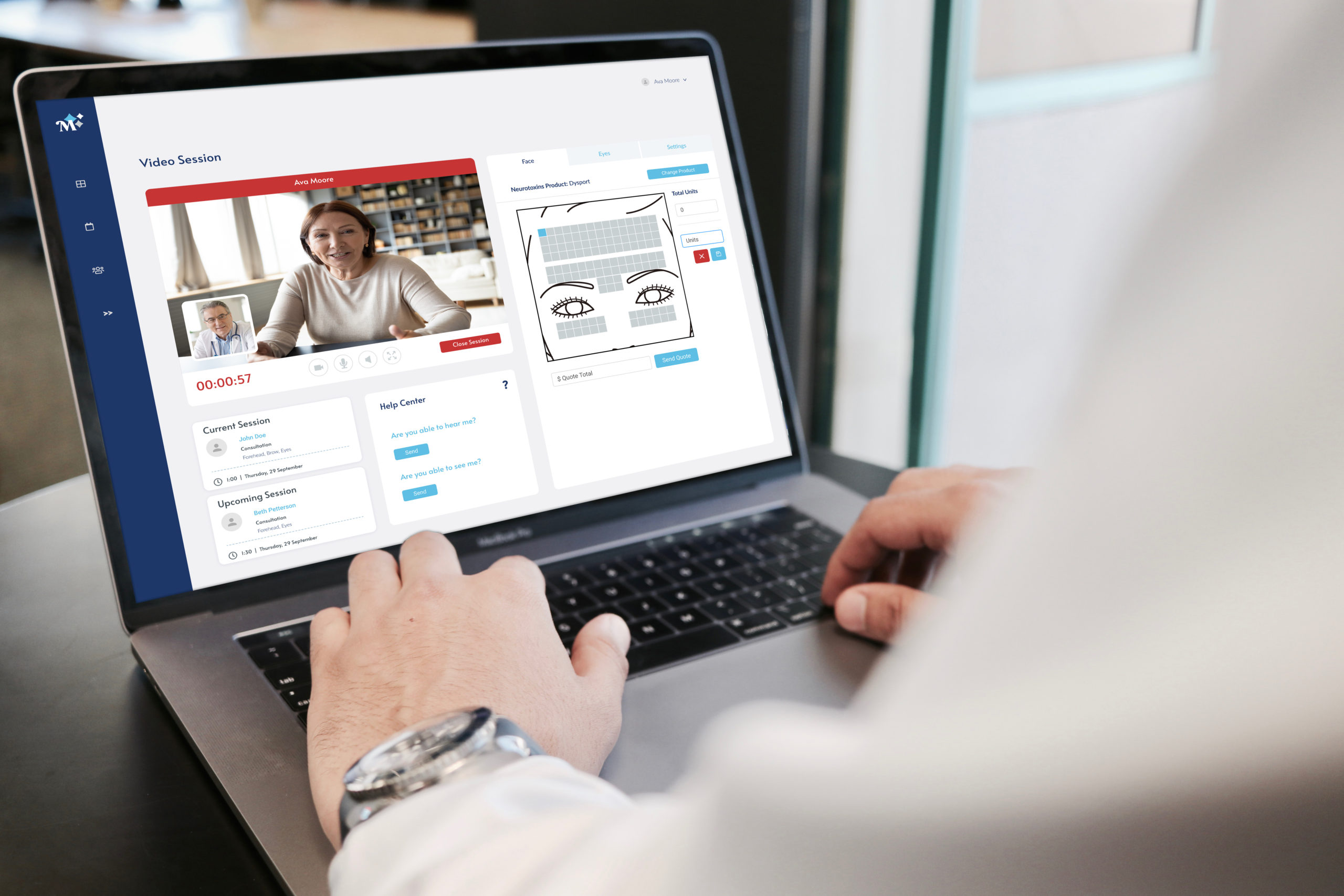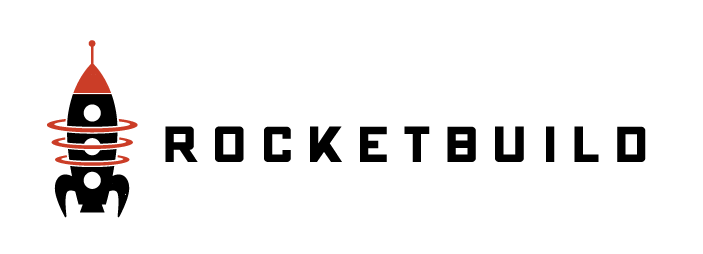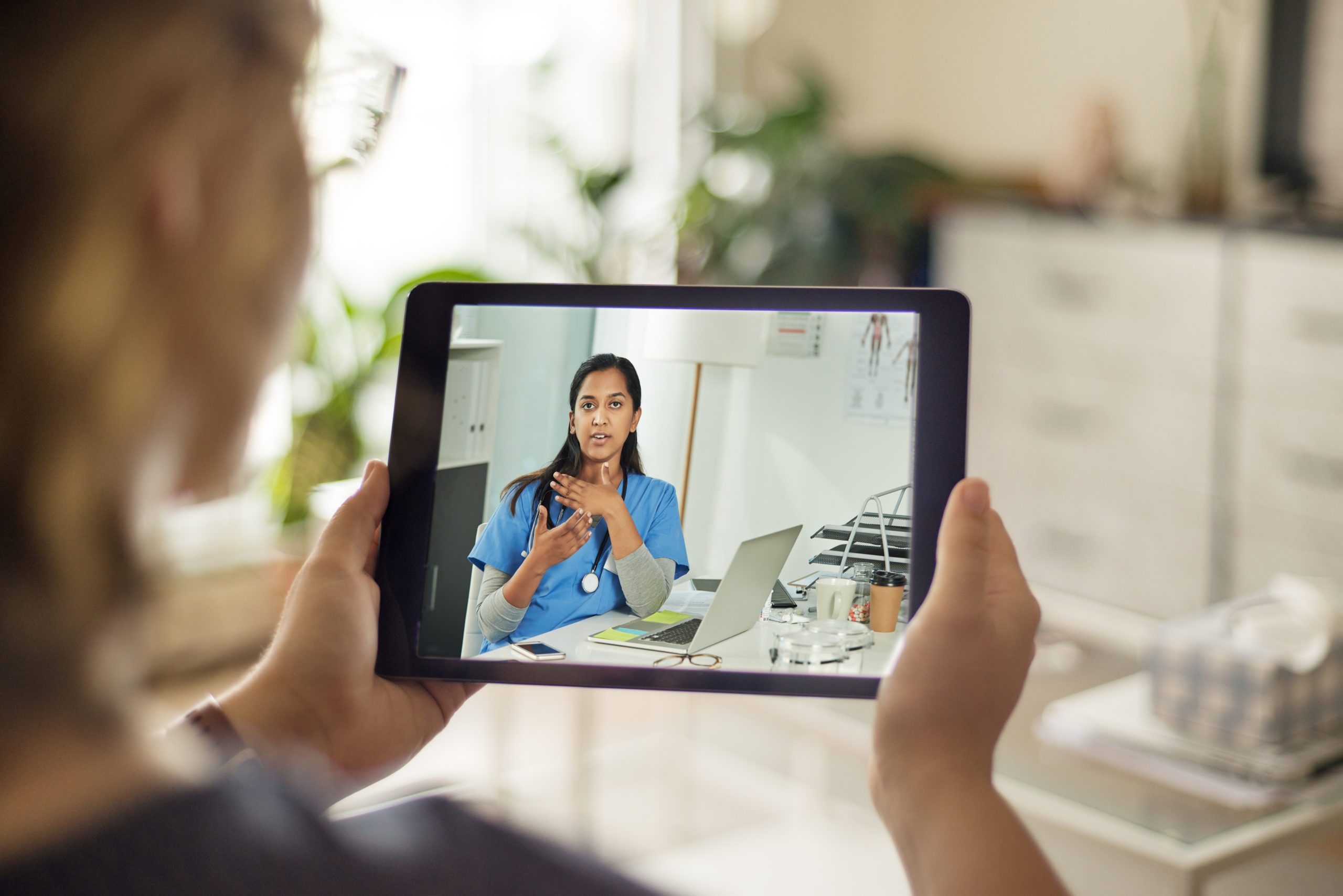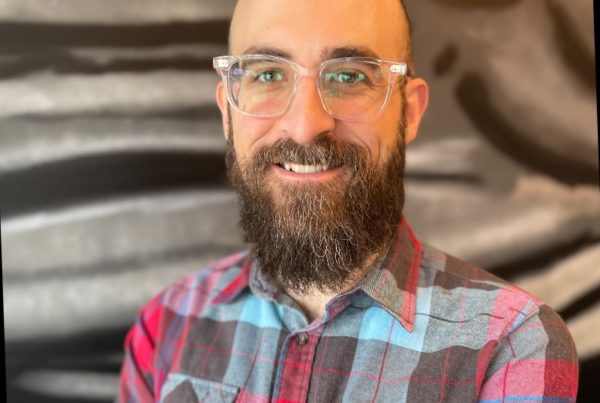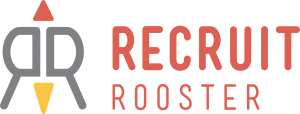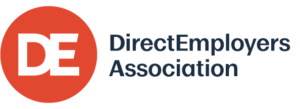In our tech expedition series, we talk with RocketBuild’s Flight Crew to share a behind-the-scenes look at taking software projects from idea to launch.
We interview our own team of project managers, UX strategists, UI designers, and application developers on all things related to architecting, designing, and engineering custom software. In this edition Jason, John, and Kyle recap the expedition the team underwent to launch an out-of-this-world and first-of-its-kind healthcare technology platform for Mirror Care.
Jason Ward, Chief Innovation Officer
John Justice, Senior UI Developer
Kyle Huff, Software Developer
Q&A
Q: Why did Mirror Care engage RocketBuild?
Jason Ward: RocketBuild had worked with members of the Mirror Care team in the past. The experience was positive for both teams, so Mirror Care sought us out for this new venture. RocketBuild was chosen for a combination of reasons, including talent, experience with similar work, and value, but the primary driver for this project was timeline. We were able to devote the proper resources in a timely manner to hit a very aggressive delivery date.
Q: The Mirror Care project consisted of creating a logo for a new business venture, and then, planning, designing, and launching of an application and website. How does a team that’s primarily focused on engineering tackle brand identity design?
Jason Ward: It is all about knowing what partners to bring to the table. We have worked with so many great agencies and individuals over the years, and because we have always focused on being a good partner for them, we have no difficulty getting them to work with us—even on short notice. For the Mirror Care project specifically, we employed some external talent to experiment with the visual branding and finalize the logo and design standards. The rest of the project, including the website design and build, the app UI design, and the app development were all done in-house.
Q: How do you take the components of a brand identity and translate them into a user-friendly, branded experience?
John Justice: Consistency with the brand identity is important. When designing components to fit into an overall experience, we make sure to re-use as many elements as possible, and that starts with the brand identity. Not only does re-using elements consistently create a more efficient development process, but it also conditions the user to adapt to a visual language that feels intuitive because of the overall design system which is adapted from the brand.
Q: What planning went into the project before designing a screen or writing a line of code?
Jason Ward: RocketBuild spent 4 weeks working with Mirror Care to gather detailed requirements, knowing that we needed to be a bit more specific than would be normal for an agile process, due to the very tight launch timeline. We ended up working in a more traditional ‘waterfall’ process than is normal for us, at least for the initial MVP. In total, we spent dozens of man-hours creating user stories, generating user flows, and sketching out wireframes before ever showing any screens. This made for a great blueprint, which we followed very closely for several weeks of production.
Q: What are the main features of the Mirror Care app?
John Justice: There are 2 main features of the Mirror Care app: consumer scheduling and video conferencing with a licensed physician to self-administer neurotox at home.
Q: How important is understanding where and how the software will be used and who the users will be for the development team?
Kyle Huff: The more the development team knows about who is using the application and how they’re going to use it the better! Having open communication with Mirror Care to help clear up any uncertainties in this area was key.
Q: How many developers were involved in the project and what was each team member’s role?
Kyle Huff: Jon Krouse and I worked as primary developers for Mirror Care, writing at least some of the code for most of the application’s features. Caleb Francis built the payment processing integration and also helped architect some of the code base.
Q: How does the team conduct code reviews?
Kyle Huff: Before any developer’s code is sent off to our staging environment it is reviewed and tested by a fellow member of the development team. Additionally our staging environments are normally tested by members of our team and also the client.
Q: What was the biggest challenge to overcome in order to deliver the project successfully?
Jason Ward: It was definitely the timeline. Most of the project technology was familiar to us, so we were comfortable moving quickly. The integration of Twilio as a HIPAA compliant video service was a heavy lift to do in just a few weeks. In the end, we were able to develop the solution using Twilio’s documentation and a lot of elbow grease from our development team. We launched on time, and the video integration worked nearly flawlessly right out of the gate!
John Justice: From a design perspective, we had to make sure the scheduling process was straightforward for the consumer but flexible enough to account for multiple physicians schedules. Equally challenging was creating a single screen in which the physician could visually record injection points, generate a quote, and communicate with a consumer over video simultaneously.
Kyle Huff: Building Mirror Care’s in-app scheduling feature was a fun challenge. The client had specific guidelines for how far apart appointments needed to be scheduled—down to the hour and based on users’ locations. This was mainly to allow ample time for materials to be shipped to customers in between consultation and treatment appointments.
Q: Throughout the project, how do all key parties across the client team, project management, design, and development communicate to stay on the same page and ensure requirements are being met?
John Justice: Since we were all remote during this project, frequent communication and updates between all parties were important in moving the project along at a fast pace. Our remote communication and tracking of requirements benefited from the use of tools like Slack, Figma, and Jira.
Kyle Huff: Each week our team met with the client to demo the latest features and talk through what was next. Members of the project management team, design, and development were on this call. Internally, the product team met to plan which features would be worked on and in what order. This helped us stay on track to deliver what the client expected on time.
Check out the Mirror Care case study to learn more about this unique telehealth video app.
